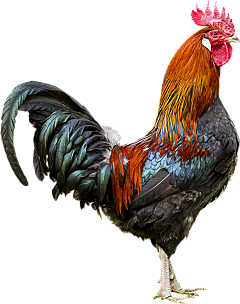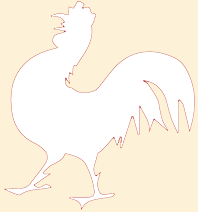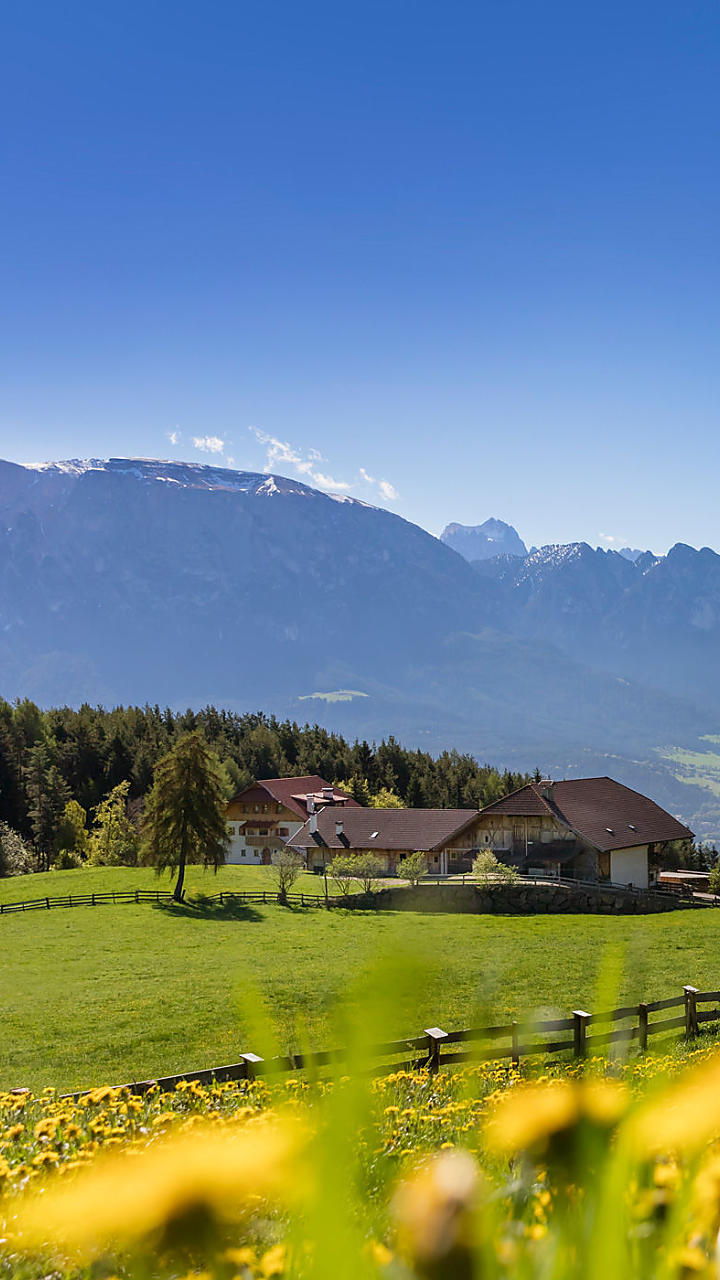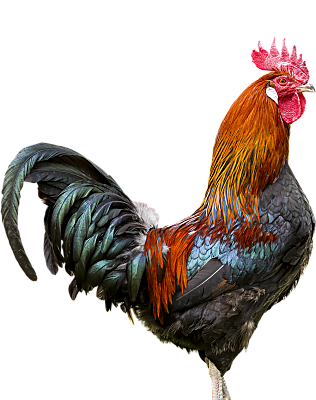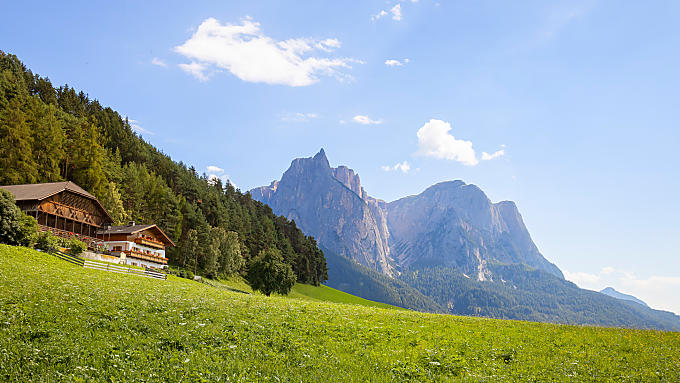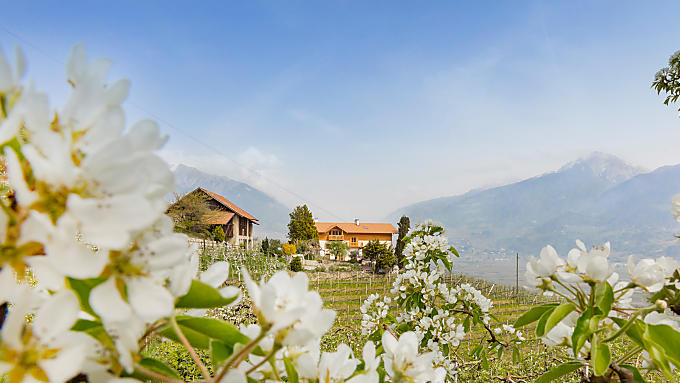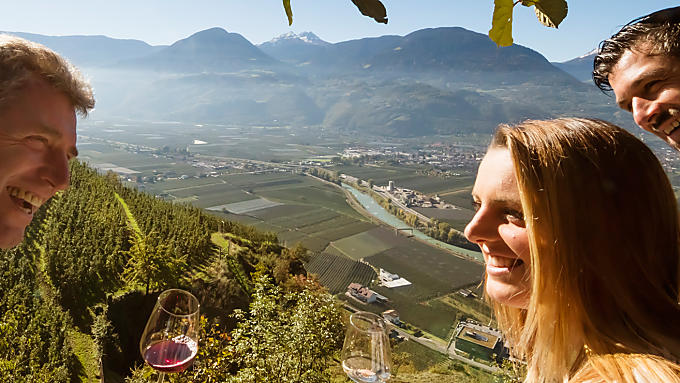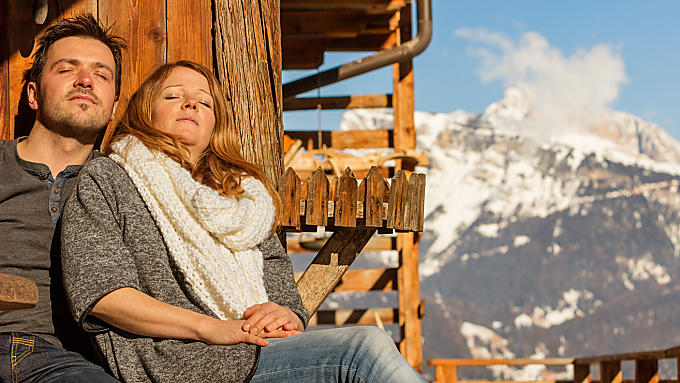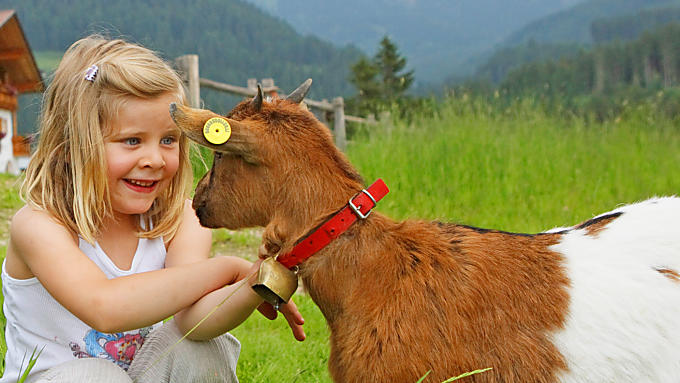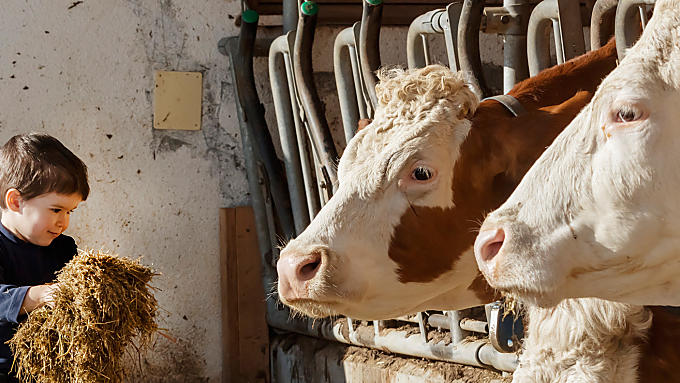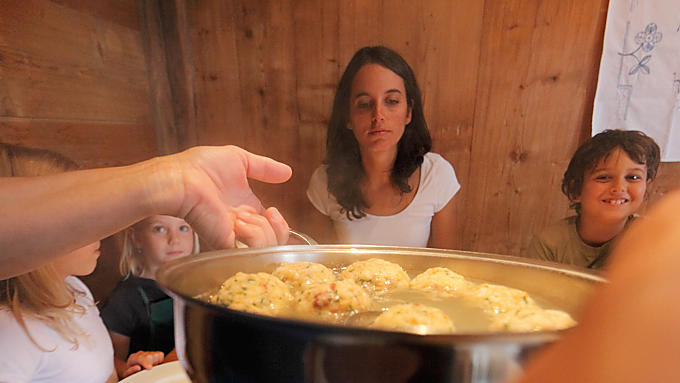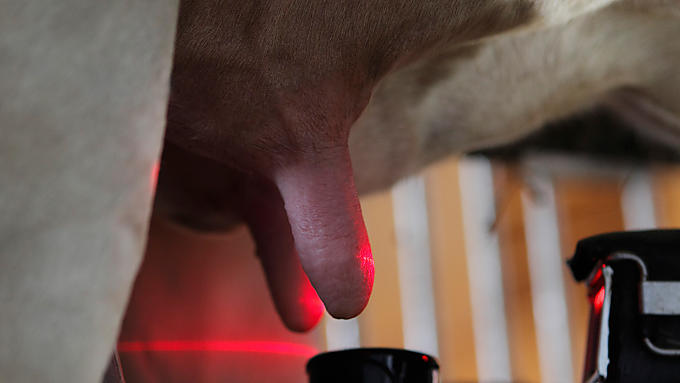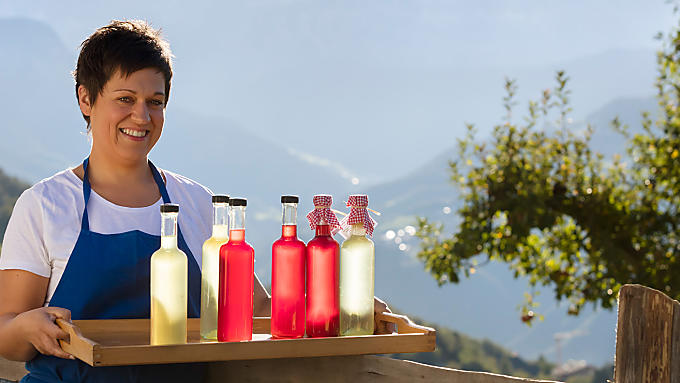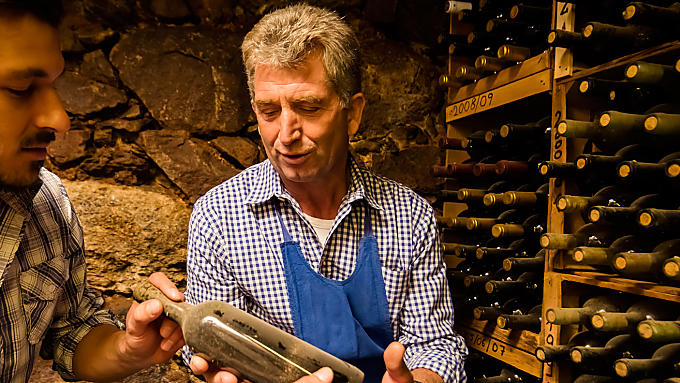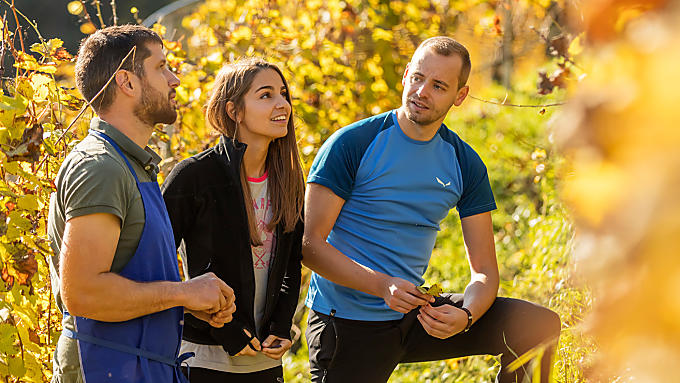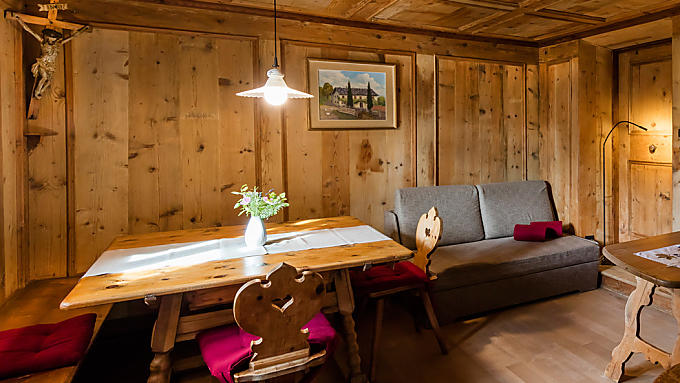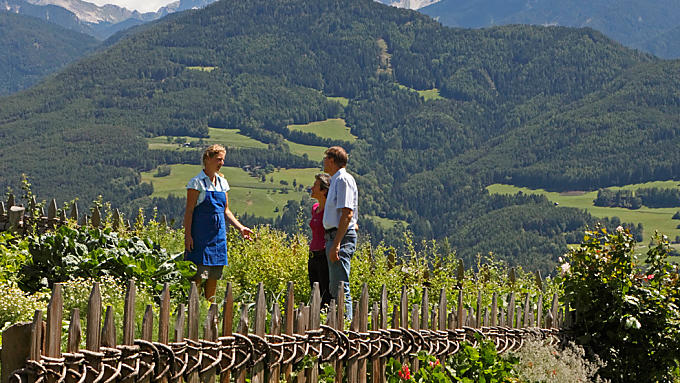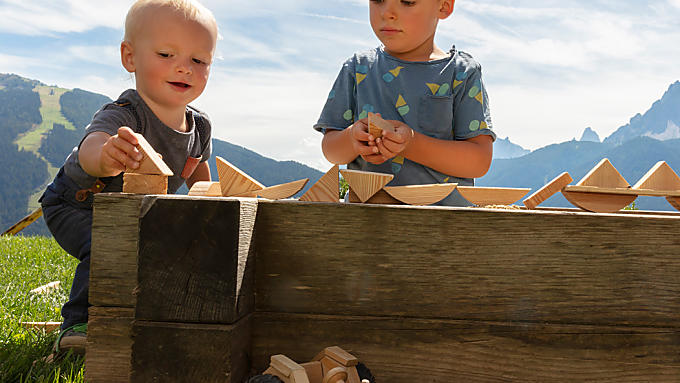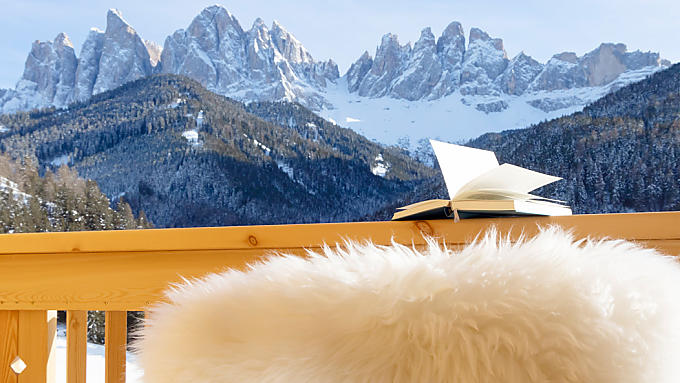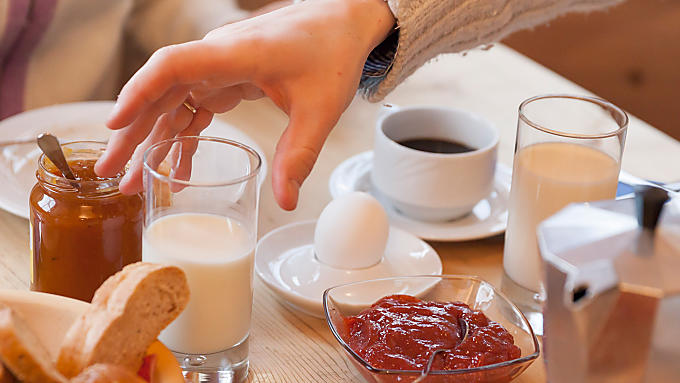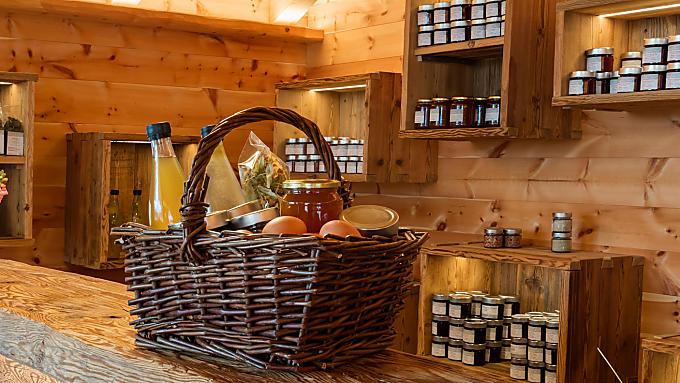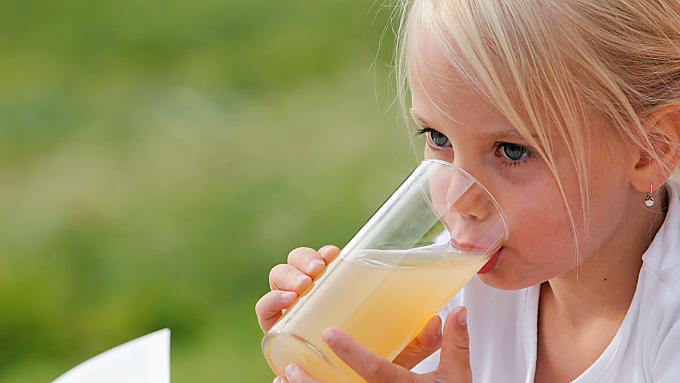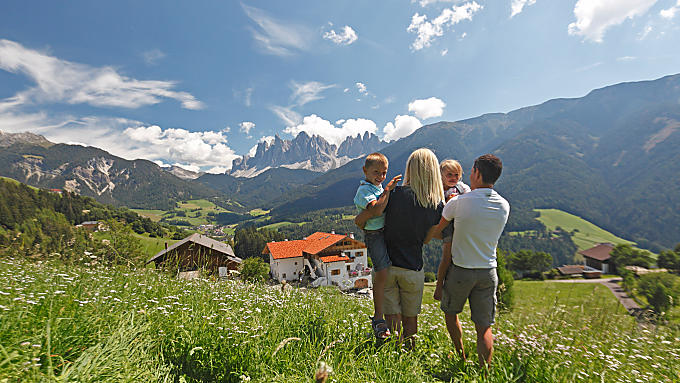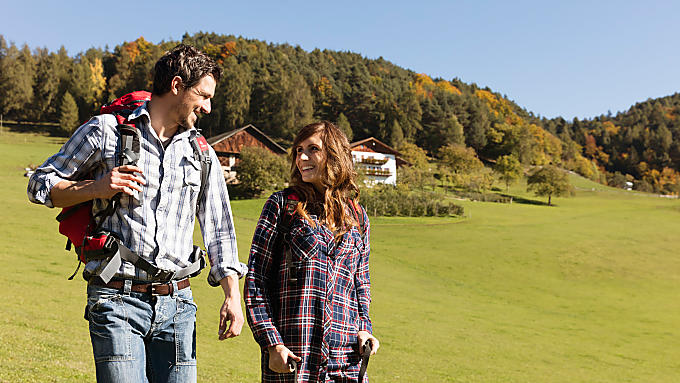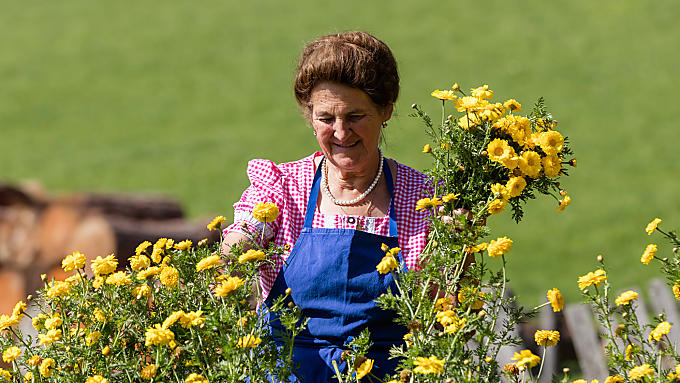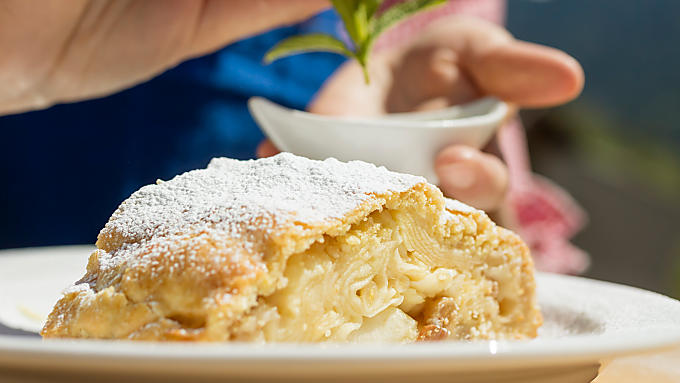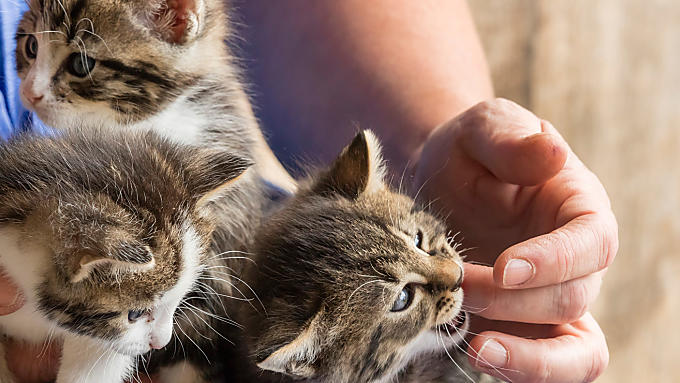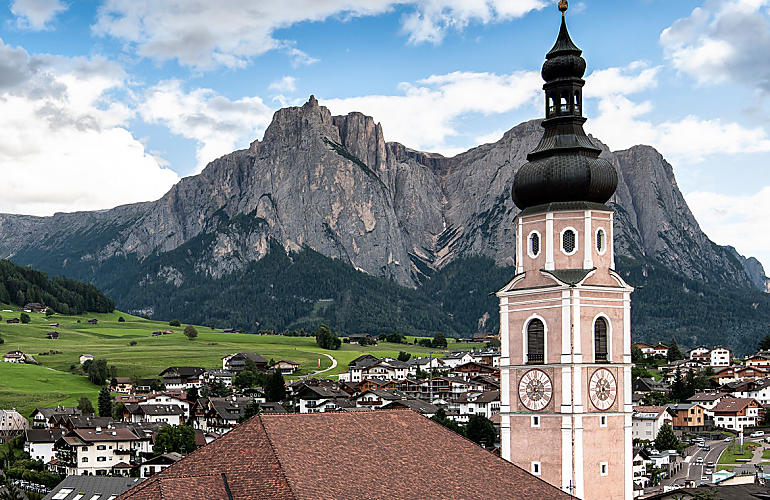
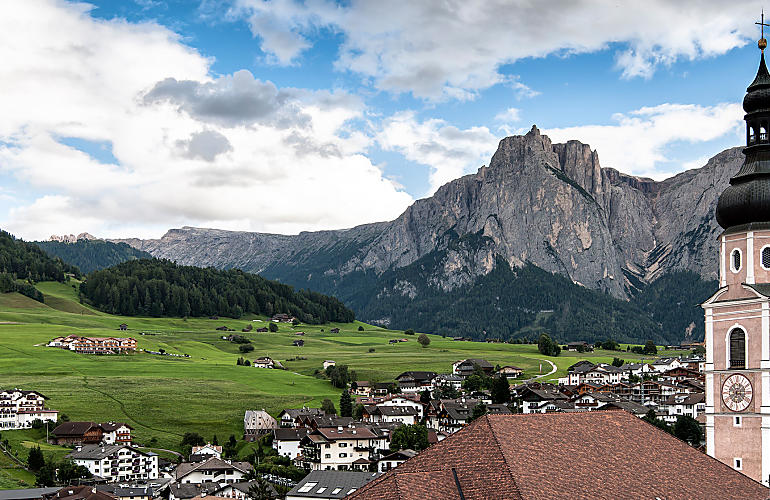
Not just a musical holiday
Holiday location
Farm Holidays in Kastelruth
On a Farm Holiday in Kastelruth, you'll be able to follow in the footsteps of Oswald von Wolkenstein and the Kastelruther Spatzen ('Kastelruth Sparrows') folk music troup.
Some people know the name of Kastelruth because the most famous German-language folk music band of all time, the 'Kastelruther Spatzen', hails from this village. They have already gone gold hundreds of times and made this village beneath the Seiser Alm pastures famous. Kastelruth has actually existed for much longer and was first mentioned in records back in 928. There were reports of a ruined castle – Castel ruptum. And as the name suggests, there are castle ruins in Kastelruth, even if they are not the same ones as those from over 1,000 years ago.
On a Farm Holiday in Kastelruth, you'll be able to follow in the footsteps of Oswald von Wolkenstein and the Kastelruther Spatzen ('Kastelruth Sparrows') folk music troup.
Some people know the name of Kastelruth because the most famous German-language folk music band of all time, the 'Kastelruther Spatzen', hails from this village. They have already gone gold hundreds of times and made this village beneath the Seiser Alm pastures famous. Kastelruth has actually existed for much longer and was first mentioned in records back in 928. There were reports of a ruined castle – Castel ruptum. And as the name suggests, there are castle ruins in Kastelruth, even if they are not the same ones as those from over 1,000 years ago.
Exploring castles
The ruins of the of Hauenstein above Seis are mentioned in a song by Oswald von Wolkenstein: the 'Hauenstein Lied'. The singer and politician von Wolkenstein lived in the castle around 1400 and some of his well-known songs stem from this time. The texts of these songs tell us about his life, his travels and his love(s), while some concern religious themes. These days, Hauenstein may be easily reached in half an hour's walk. The only thing to remind visitors of the old days inside the castle is a chapel containing remnants of frescoes. Don't get spooked when you see shadowy figures clambering up over the castle wall, as these are not ghosts of old knights, but climbers using the castle walls for climbing practice.
Not far from Hauenstein there are the ruins of Castle Salegg. Salegg has also been renovated and is open to the public. A legend tells of Salegg being connected with Hauenstein by means of an underground passage that was guarded by a young girl with long, golden hair sitting on a chest of gold and silver. Who knows, maybe you'll come back from holiday rich!
Mushrooms and farmers
When you look out of your holiday flat or room in Kastelruth and see farmers going about their work in their fields, would you like to know more about the past of your hosts and farming? The 'Bauernmuseum', or Museum of Farming, housed in 500-year-old Tschötscherhof will answer your questions: with its old household instruments, agricultural machines, devices for making wool and lots more, it takes visitors on a vivid tour through rural life of days gone by.
In Laranzer Wald forest between Seis and Kastelruth, there is an interesting nature trail focussing on mushrooms. Lots of information boards, as well as large examples carved out of wood, make the different types of mushroom found in the local area and the Seiser Alm tangible and visible: porcini, chanterelles, fly agaric, ink cap, and lots more.
The great outdoors
Outdoor enthusiasts staying on a holiday farm in Kastelruth don't need to content themselves with hikes in Schlern-Rosengarten Nature Park and on the Seiser Alm pastures. There's something for keen golfers at St. Vigil-Seis golf course, too. The winter lives up to the summer: eleven sledge runs, countless ski and snowboard pistes, cross-country ski runs, ice-skating, snow shoe walking paths, ski tours and even winter horse-drawn carriage rides will have sports fans and winter holidaymakers spoilt for choice.
Exploring castles
The ruins of the of Hauenstein above Seis are mentioned in a song by Oswald von Wolkenstein: the 'Hauenstein Lied'. The singer and politician von Wolkenstein lived in the castle around 1400 and some of his well-known songs stem from this time. The texts of these songs tell us about his life, his travels and his love(s), while some concern religious themes. These days, Hauenstein may be easily reached in half an hour's walk. The only thing to remind visitors of the old days inside the castle is a chapel containing remnants of frescoes. Don't get spooked when you see shadowy figures clambering up over the castle wall, as these are not ghosts of old knights, but climbers using the castle walls for climbing practice.
Not far from Hauenstein there are the ruins of Castle Salegg. Salegg has also been renovated and is open to the public. A legend tells of Salegg being connected with Hauenstein by means of an underground passage that was guarded by a young girl with long, golden hair sitting on a chest of gold and silver. Who knows, maybe you'll come back from holiday rich!
Mushrooms and farmers
When you look out of your holiday flat or room in Kastelruth and see farmers going about their work in their fields, would you like to know more about the past of your hosts and farming? The 'Bauernmuseum', or Museum of Farming, housed in 500-year-old Tschötscherhof will answer your questions: with its old household instruments, agricultural machines, devices for making wool and lots more, it takes visitors on a vivid tour through rural life of days gone by.
In Laranzer Wald forest between Seis and Kastelruth, there is an interesting nature trail focussing on mushrooms. Lots of information boards, as well as large examples carved out of wood, make the different types of mushroom found in the local area and the Seiser Alm tangible and visible: porcini, chanterelles, fly agaric, ink cap, and lots more.
The great outdoors
Outdoor enthusiasts staying on a holiday farm in Kastelruth don't need to content themselves with hikes in Schlern-Rosengarten Nature Park and on the Seiser Alm pastures. There's something for keen golfers at St. Vigil-Seis golf course, too. The winter lives up to the summer: eleven sledge runs, countless ski and snowboard pistes, cross-country ski runs, ice-skating, snow shoe walking paths, ski tours and even winter horse-drawn carriage rides will have sports fans and winter holidaymakers spoilt for choice.
Farm search
Holiday farms in Kastelruth
3 reasons
A holiday in Kastelruth
Painted facades in the
historical village centre
Europe's largest high pasture,
the Seiser Alm
Romantic chapel
St. Valentin in Seis
When birds sing
Anyone who books a holiday flat or room in Kastelruth because they want to see the Kastelruther Spatzen group live, won't be disapppointed. In mid-June, the 'Kastelruther Spatzen Open Air' festival takes place and in mid-October there is the 'Kastelruther Spatzenfest'.
Anyone who books a holiday flat or room in Kastelruth because they want to see the Kastelruther Spatzen group live, won't be disapppointed. In mid-June, the 'Kastelruther Spatzen Open Air' festival takes place and in mid-October there is the 'Kastelruther Spatzenfest'.
There is plenty of partying going on in August, too, at the village fete. A further highlight is a special tournament bearing the name of the second famous name from Kastelruth: every year, modern day knights meet to compete in medieval disciplines at the 'Oswald-von-Wolkenstein-Ritt' riding tournament. The programme of the biggest riding tournament in South Tyrol comprises hoop tilting, labyrinth riding, an obstacle gallop and passing through gates.

